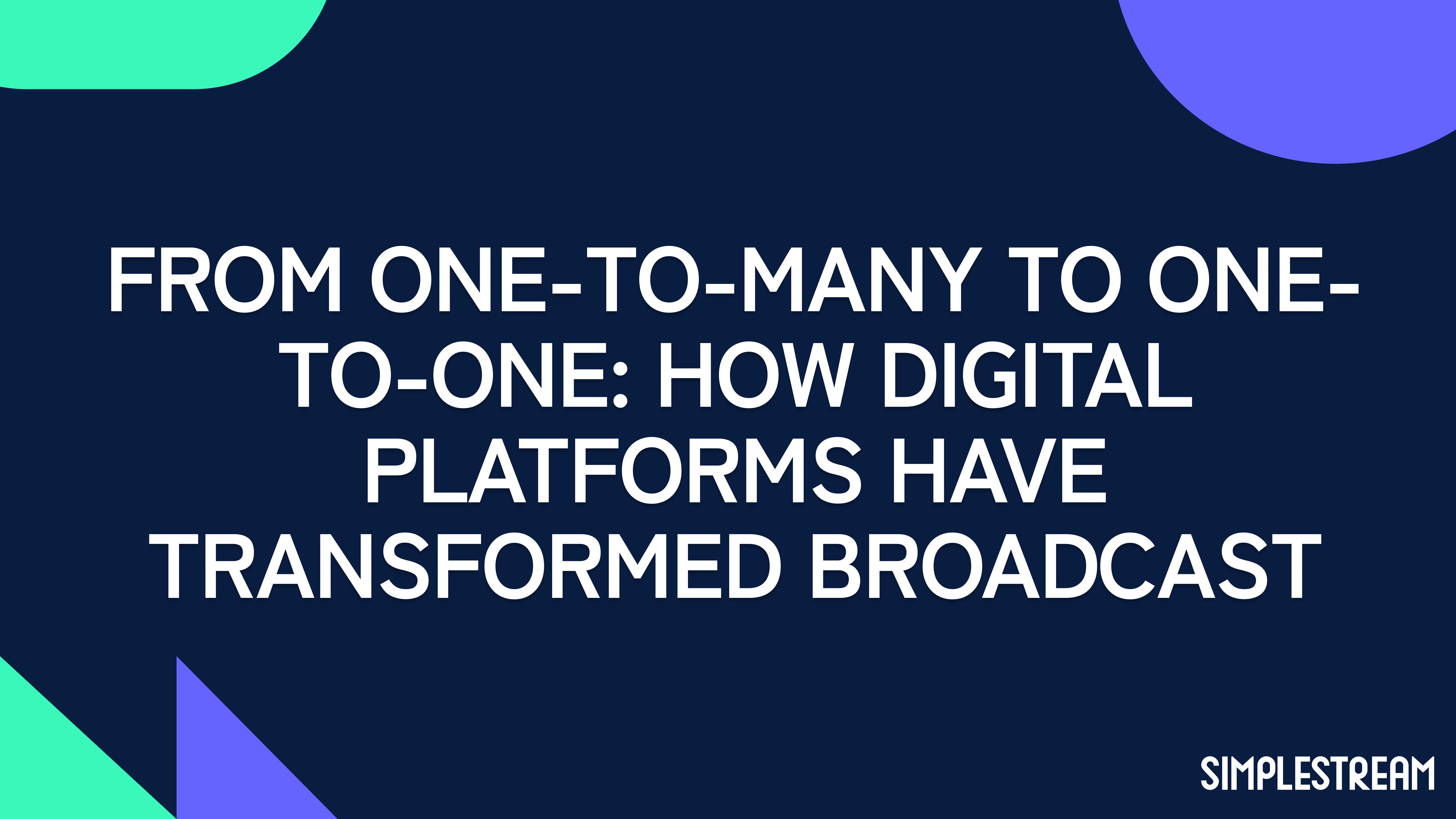AI and beyond: transforming the OTT experience
In an increasingly complex digital ecosystem, artificial intelligence is outlining the future of content consumption in the OTT space. Learn how.
1. Recommendations
2. Video indexing
3. Performance and scalability
4. OTT captioning
Artificial intelligence (AI) has been making the headlines for quite a while now. The impact AI has made in the streaming and OTT media industry so far has been remarkable. As part of a broader growth trajectory of technological advancement, AI has impacted nearly every aspect of the content delivery lifecycle, improved audiences’ consumption habits, and made platforms perform more efficiently.

Content discovery, video indexing, categorisation, and aspects related to the performance and scalability of services have become integral to the end user’s experience. It’s been debated for a little while: AI can contribute to hyper-personalisation of the experience, allowing operators to better understand their audiences, and therefore providing them with a means to better stand out in a market that’s predicted to reach a global value of $1.039 trillion by 2027.
How’s AI helped to revolutionise the OTT experience so far? What’s been achieved in the past decade and what’s on the horizon? In this post, we focus on the most popular uses of the technology, and we try to identify several ways artificial intelligence is shaping the future of OTT.
#1. Recommendations
First and foremost, the OTT revolution has officially started with platforms becoming smarter. Personalisation is the password to business success, and AI algorithms progressively took a predominant role in the analysis of users’ viewing history, preferences, and behaviours to create customised recommendations for content they might like. Netflix has clearly paved the way for intelligent use of recommendation engines, powered by machine learning (ML) to track behavioural data points and reveal subscribers’ preferences. ‘Give users what they don’t know they’ll want to watch next’, seems to be the motto. Algorithms can predict with increasing accuracy which type of content will be more successful with each segment of an audience. Benefits arise for those involved in content creation, rights management, and production.
#2. Video indexing
Content search and retrieval play a key role in today’s content consumption experience. As video rapidly became the one medium that can establish authority and give a personal feel to messages, it also made learning more accessible, effective, and with higher retention rates. Users search for videos to learn new skills, and for other educational purposes. The exponential growth of multimedia content available made it more difficult to index and retrieve video manually. Indexing workflows are now managed through programming that’s backed by AI and ML. It helps to speed up the otherwise lengthy processes of transcription, making information available for the wider audience to consume, in the form of metadata with detailed timestamps.
#3. Performance and scalability
AI algorithms play an integral role in improving the performance and scalability of OTT platforms. Think of the delivery of content to users that are solely based on their device of use, the network conditions and their location, helping to reduce buffering and maintain stream quality. As services deliver huge amounts of data per second, AI can be utilised to analyse that data in real time, and prevent service interruptions that can happen. For instance, algorithms can detect circumstances when services should cache websites on regional services to grant faster loading times. Predictive analytics can also help to detect and prevent fraud, piracy and other malicious activities.
#4. OTT captioning
Closed captions in multiple formats and languages now come as standard with content delivered over different OTT platforms. Thanks to continuous innovation and increasing adoption of AI, providers are now able to use tools that help review and revise machine-transcribed content. The process has become faster and more sophisticated, saving time and resources, and streamlining an operation that would otherwise be expensive and lengthy.
Closing thoughts
What’s beyond AI? The integration of artificial intelligence has undoubtedly improved the user experience and performance of OTT platforms. In parallel with technological advancement, we can expect AI to play an even more central role in shaping the future of digital video consumption. However, data remains queen, and only when AI algorithms are fed and trained with quality data do they grant remarkable and innovative results. Together with the engineering behind it, of course. The new horizons of AI and OTT depict a future where hyper-personalisation will reach unthinkable heights. Speech recognition and virtual assistants are becoming new ‘must haves’ in our day-to-day, especially if we’ll be asking our OTT services of choice to think, choose, and act on our behalf. By playing the content we want to watch at the time we want, across our preferred devices.


